5 reasons metal composite material is the future
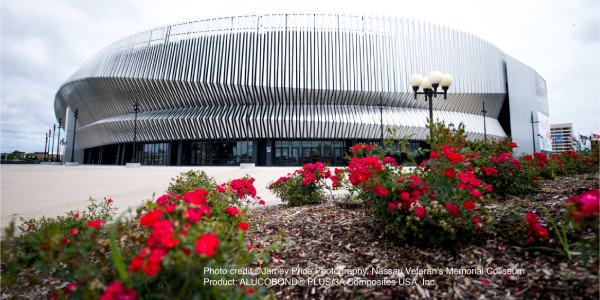
By Emma Peterson.
From incredible durability to ingenious versatility, metal composite is one of the best products available on the market!
Over 50 years ago aluminum composite material (ACM) hit the market and became a cornerstone of the construction and architecture industries. Over time, ACM grew and expanded, eventually becoming the metal composite market (MCM) it is today. This naming convention change reflects the inclusion of other materials besides aluminum, including zinc, copper, stainless steel and titanium. These composite metals have stayed relevant over the decades for a variety of reasons, including their design capabilities and structural soundness. Keep reading to get the details of why MCM is so big.
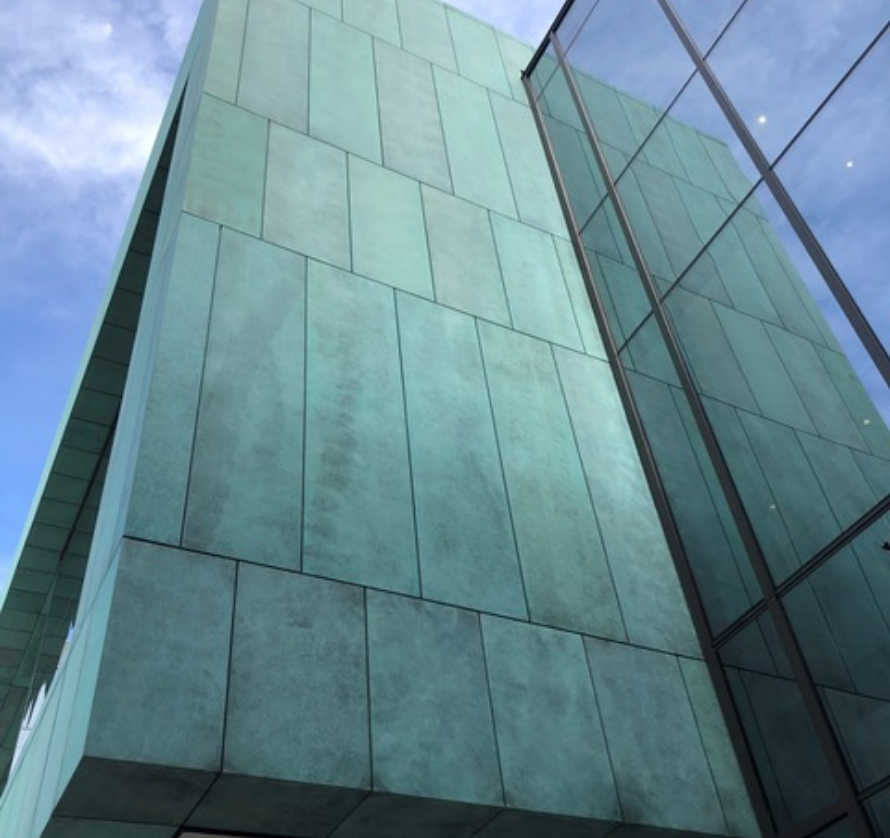
1 - Consistent
MCM is one of the best products in the metal industry because of its consistency. Not only does manufacturing quality control ensure that every product retains a smooth, finished and flat surface through installation, special bonding technology uses heat, pressure and tension to ensure there are not distortions or “oil canning” over time.
2 - Aesthetic
MCM has many design aesthetic benefits. Because of the reliability and consistency of the engineering, MCM works incredibly well with coil coated finishes. This gives the designer of the structure many different colors and finishes to work with. These options have resulted in MCM systems being used for everything from major commercial, educational and health facilities to architectural cornices and soffit designs.
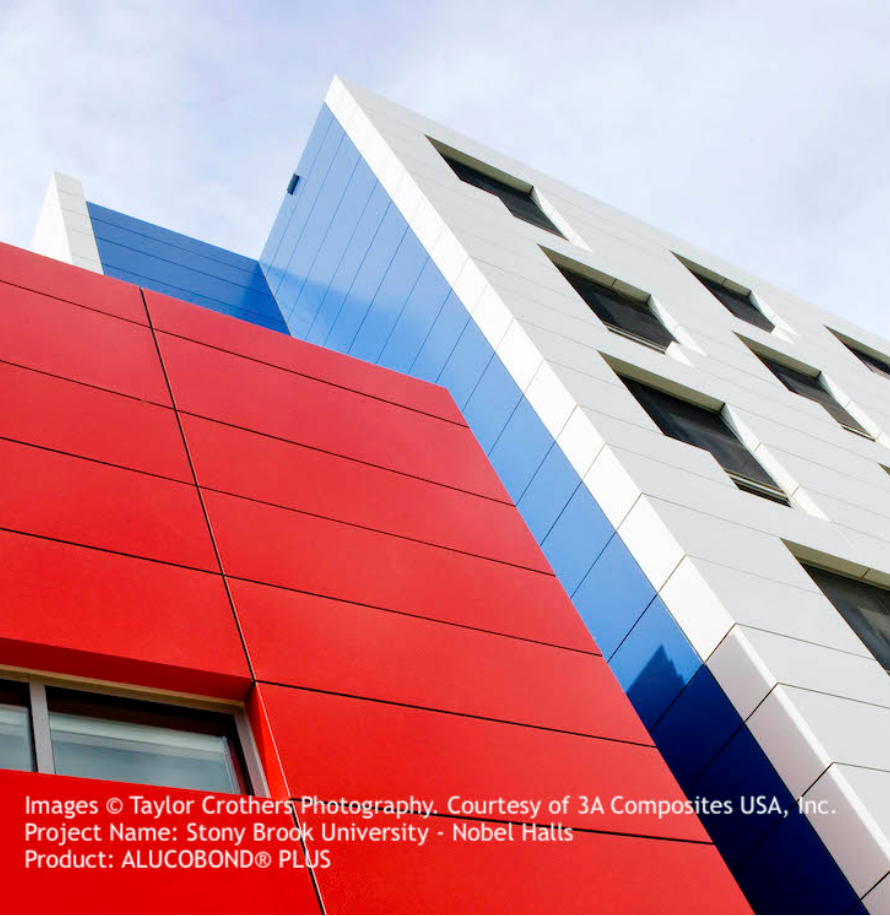
3 - Cost-effective
When originally designed, MCM systems were limited to high-end projects. But because of improved technology, they are incredibly cost effective today. From the get-go, they can be installed faster than other exterior products (like precast, granite or brick) because they are lightweight. Further, this lightweight quality means that there are lower structural steel requirements, saving more money.
4 - Durability
Metal is a popular material because it is very durable and has a longer lifespan than other construction materials. MCM systems carry this quality over and also retain their luster for decades. This keeps the building’s aesthetics and property value up, lowering the need and cost of refurbishing. Backing up this visual durability is structural strength. MCM systems are known to resist the elements and protect the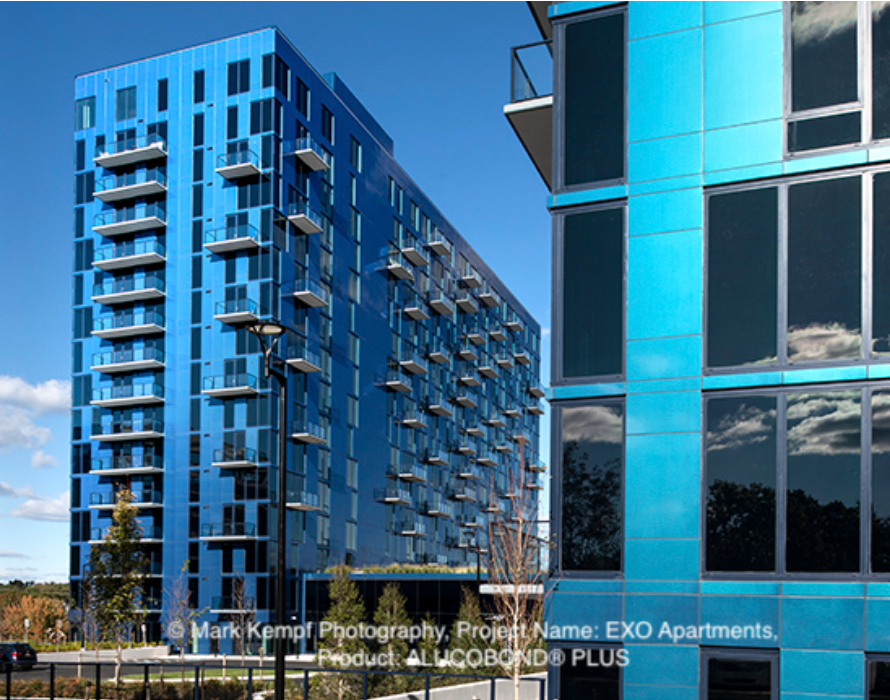 building against air and water infiltration.
building against air and water infiltration.
5 - Sustainable
As mentioned before, MCM systems have vastly improved in design and engineering over the decades. Today, MCM systems are one of the best choices for creating an environmentally sustainable building. Approximately 70% of an MCM system will be made of recycled content and they carry Environmental Product Declarations.
Check out the Metal Roofing Association’s website for more about metal composite material!
Learn more about Metal Construction Association (MCA) in their Coffee Shop Directory or visit www.metalconstruction.org.
About Emma
Emma Peterson is a writer at The Coffee Shops and AskARoofer™. Raised in the dreary and fantastical Pacific Northwest, she graduated in 2024 from Pacific University in Oregon with a degree in creative writing and minors in graphic design and Chinese language. Between overthinking everything a little bit, including this bio, she enjoys watching movies with friends, attending concerts and trying to cook new recipes.















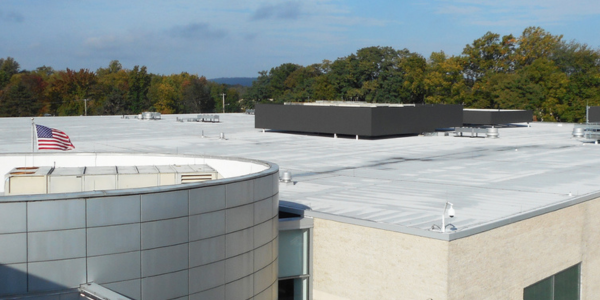






Comments
Leave a Reply
Have an account? Login to leave a comment!
Sign In